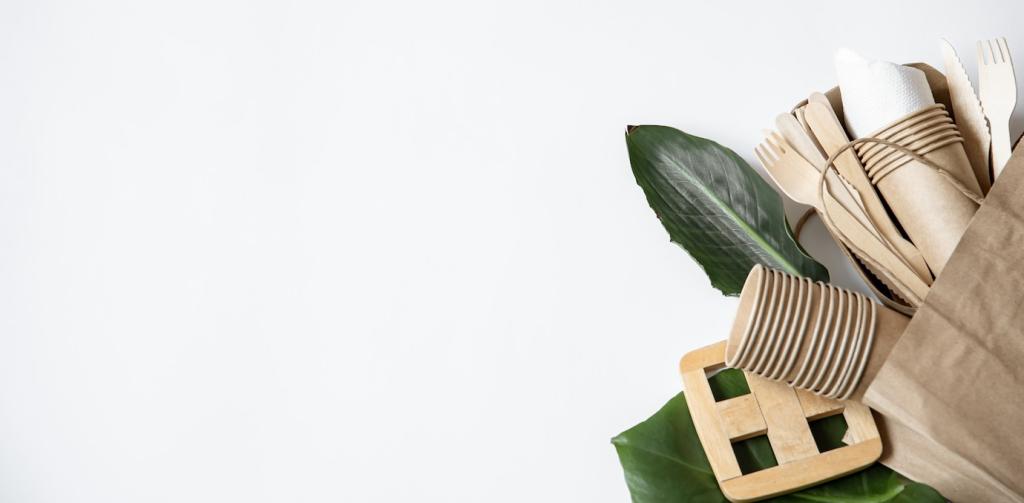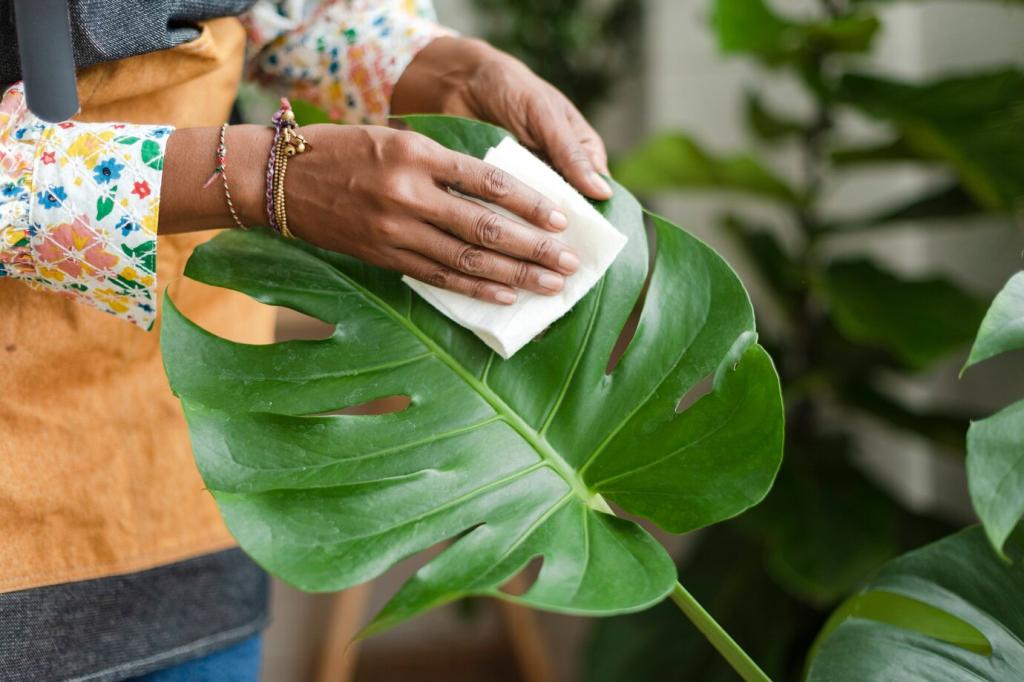Nourishing Finishes and Refreshes
If your piece feels matte and natural, it may be oil or hardwax oil; if glossy, likely varnish or polyurethane. Favor compatible maintenance: refresh oils with oils, wax finishes with wax. When unsure, test in an inconspicuous corner and observe absorption.
Nourishing Finishes and Refreshes
Apply a thin coat of polymerized tung or a food-safe oil blend, wait fifteen minutes, and wipe completely dry. Buff after an hour. I revived a mill table this way—the grain brightened like a sunrise. Subscribe for our detailed oiling checklist.







